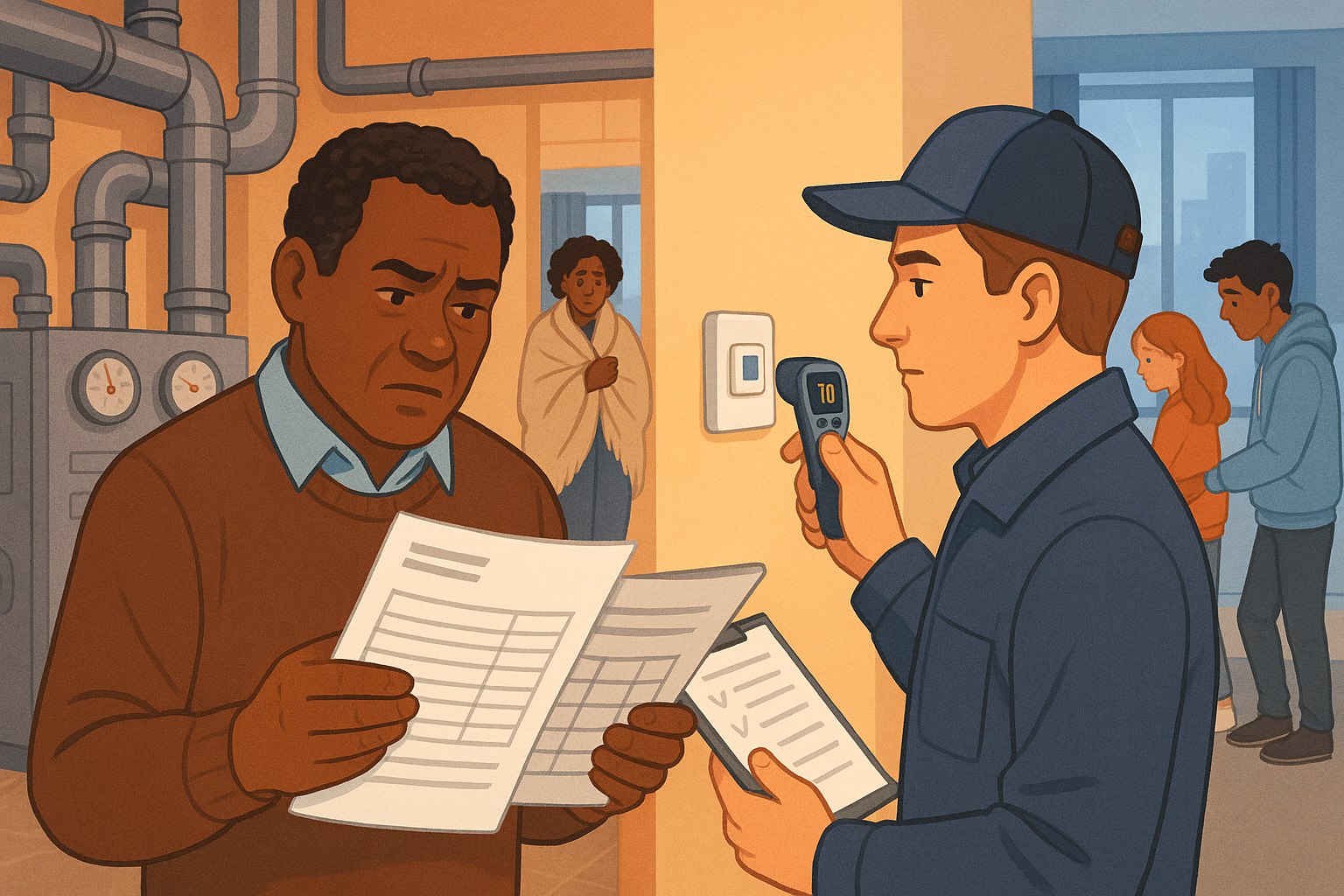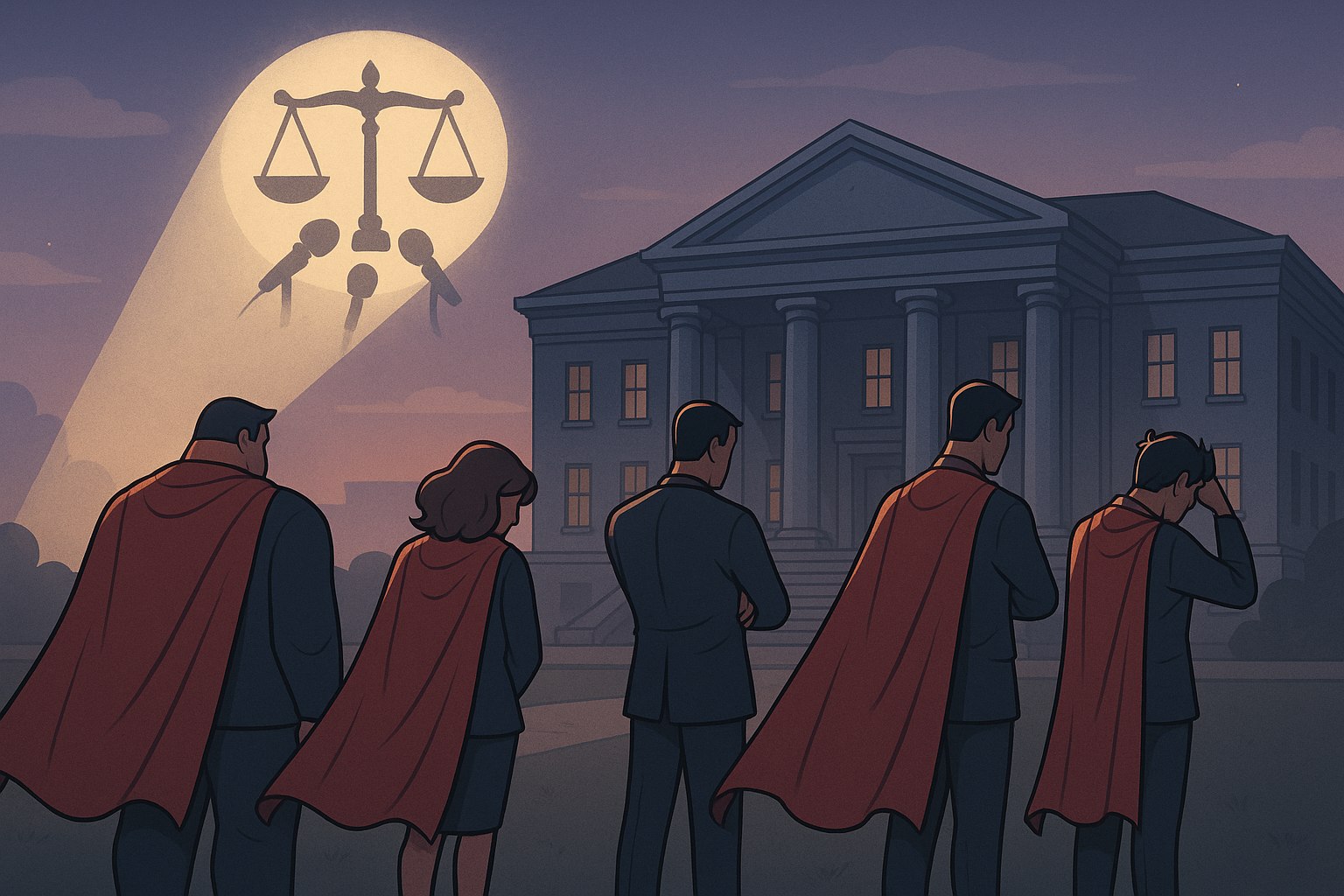New Indoor Temperature Mandate Raises Major Cost and Compliance Concerns for Rental Housing Providers
Los Angeles County’s newly adopted indoor heat ordinance—requiring landlords to maintain temperatures of 82 degrees Fahrenheit or cooler in every habitable room—poses serious and potentially destabilizing challenges for rental housing providers. While county officials tout the regulation as a “right to cool” for tenants, it places a significant financial and operational burden on landlords, particularly small and midsized owners already struggling under layers of costly regulation.
Starting in January 2027, all rental units in unincorporated areas must meet the 82°F cooling threshold, regardless of building age or infrastructure limitations. Owners with 10 or fewer units receive a slight reprieve—until 2032—for full compliance, but must still cool at least one room per unit by 2027, forcing expensive retrofits in historic and older structures not designed for modern air-conditioning systems. Installation of HVAC units, electrical upgrades, and ongoing energy costs represent a major unfunded mandate, as the ordinance offers no guaranteed subsidies or tax credits to help offset the expense.
Adding insult to injury, the county plans to charge a new per-unit inspection fee to fund enforcement staff, directly increasing operating costs at a time when insurance, utility, maintenance, and property taxes are already surging. Landlords are further restricted from charging tenants for cooling system upgrades or rent surcharges, and cannot prohibit tenant-installed devices like window A/Cs or blackout curtains—which may damage property or drive up utility usage that owners are stuck subsidizing under RUBS or bundled billing structures.
This well-intentioned policy is yet another step in a growing trend of costly compliance requirements that disproportionately hurt small “mom-and-pop” landlords, many of whom operate on thin margins. Faced with five-figure retrofit costs and new liabilities, some owners may opt to exit the rental market entirely, reduce investment in maintenance, or shift units to short-term or owner-occupied use—ultimately shrinking the rental housing supply and driving rents higher across Los Angeles County.
In the name of climate equity, policymakers have imposed a sweeping mandate without adequate financial support or practical guidance—leaving rental housing providers to shoulder the cost and disruption. Without substantial relief or incentives, the county’s new indoor heat law threatens long-term viability for many rental businesses and risks making the region’s housing crisis even worse.








